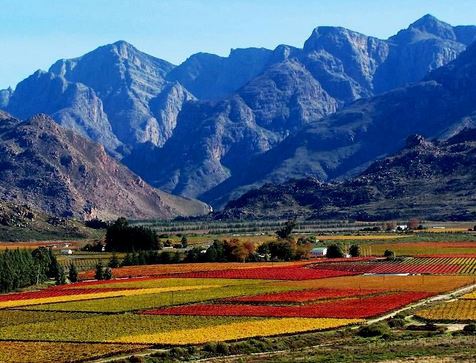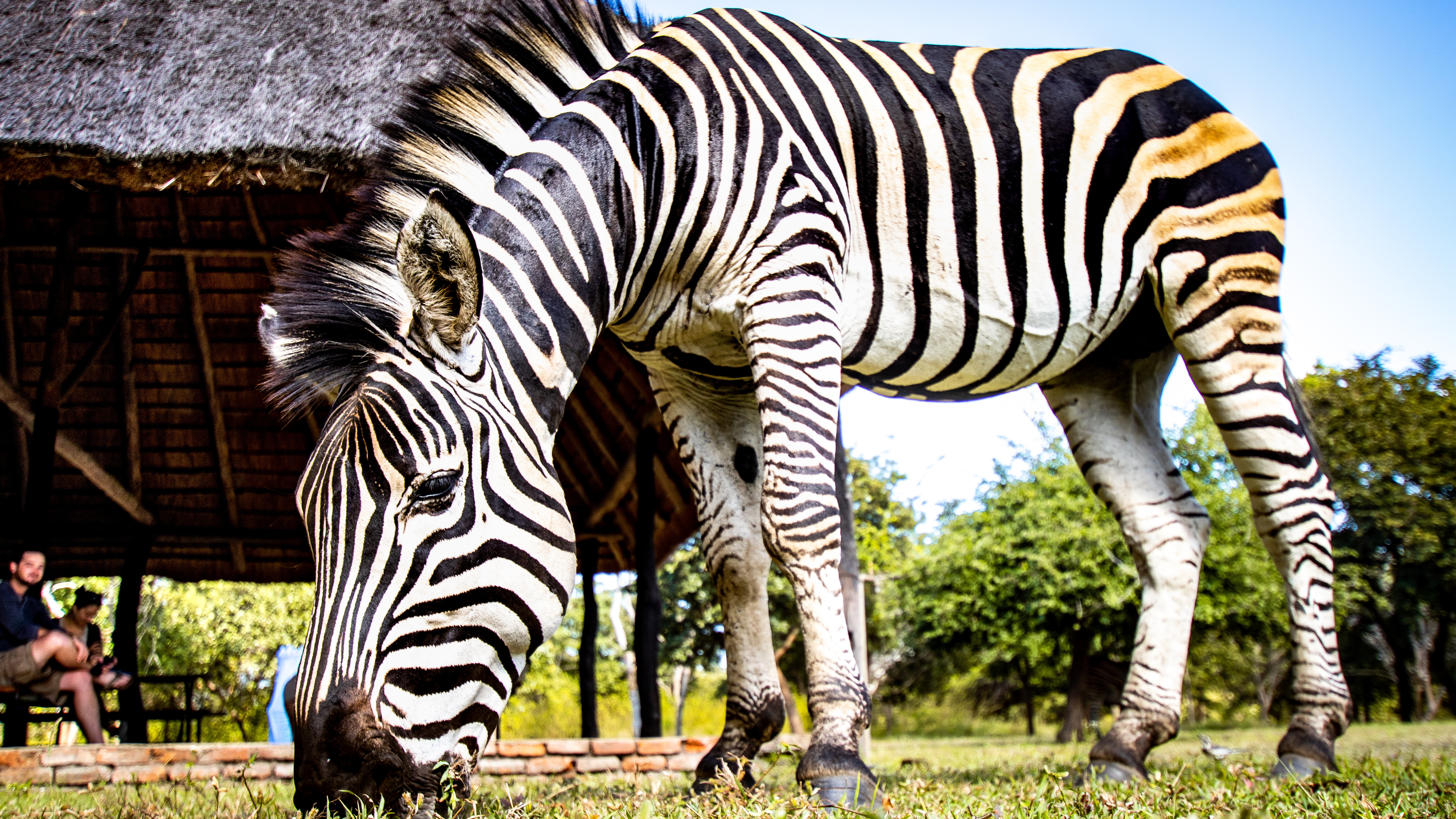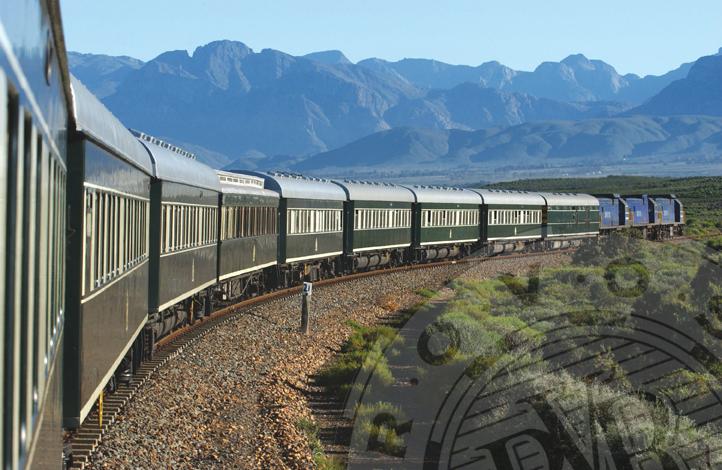Johannesburg
Johannesburg was founded when gold was found and has grown from a dusty mining town to the commercial and industrial heart of South Africa.
Mandela’s house
Nelson Mandela’s former home is at number 8115 Ngakane Street in Orlando West, Soweto. Orlando is one of the townships of Johannesburg. The anti-apartheid activist lived in this small three-room home with his wife Winnie, until he was captured in 1962. After his release, he could not return to his old home for security reasons. He had to leave Soweto.
Apartheid museum
In the parking lot in front of the Apartheid museum are seven stately columns with the words: Democracy, Equality, Reconciliation, Diversity, Responsibility, Respect and Freedom. The museum is perhaps the most interesting and moving exhibition in the whole of South Africa. Here you get a multimedia tour through the terrible history of apartheid.
Upon arrival you will receive a card on which your ‘temporary’ variety is stated: white or not white. You are immediately confronted with ‘separate’ entrance gates. You follow a different route through the museum for each race and make a journey through time. From the beginning of apartheid to the fall in 1994. The year in which Nelson Mandela celebrates victory.
Separate paths, separate benches and separate toilets. Film images show the violence and demonstrations against black South Africa. A shiver runs down your back when you enter a room where 131 slings are hanging from the ceiling. A memory of all executed political prisoners.
Soweto
Guided excursions are offered to Soweto (SOuth WEstern TOwnship), usually visiting Freedom Square where the Freedom Charter was declared in 1955. You also often pass by Regina Mundi, a Catholic church used for political meetings during the time of the Apartheid and the Hector Pieterson Memorial Square, named after the first death of the 1976 revolt in Sharpeville.



